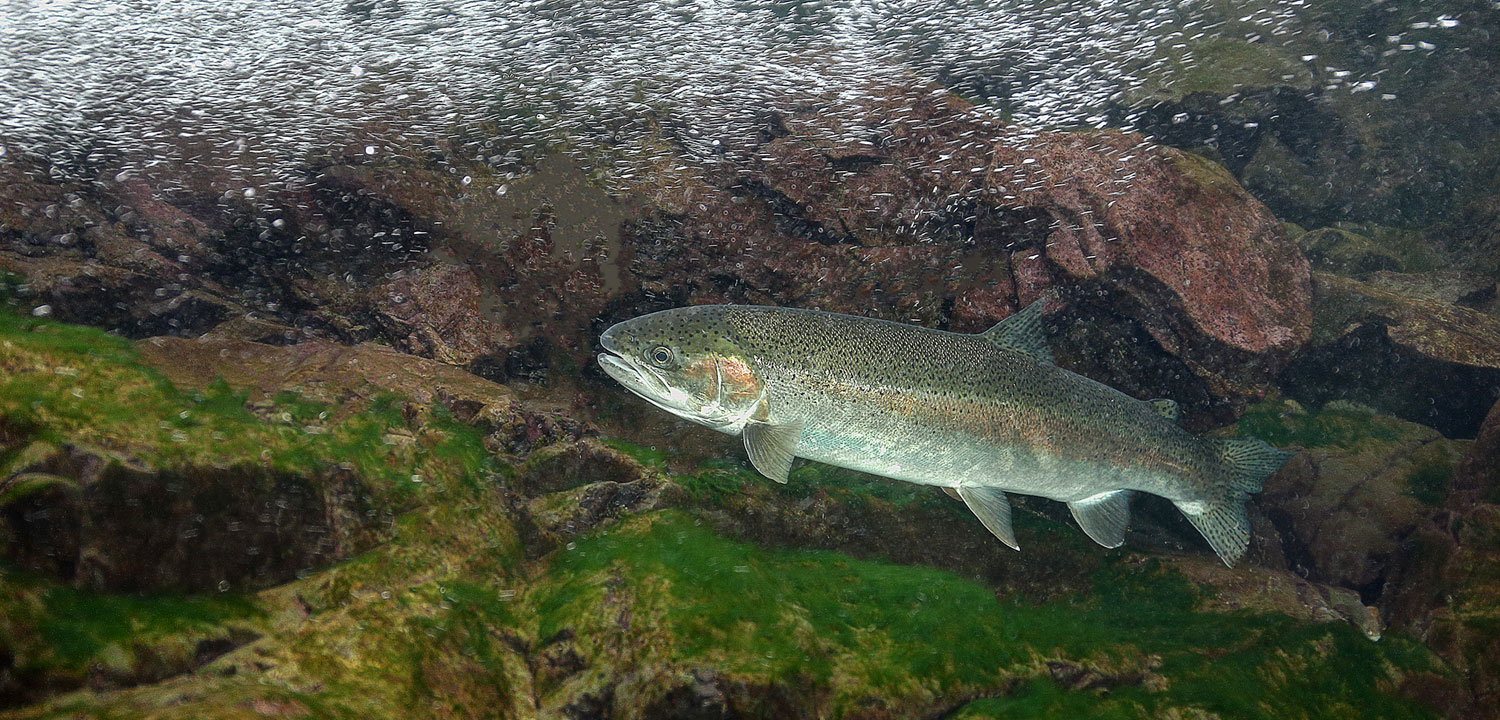The next phase of conservation on the Washington Coast: connecting fish to coldwater reaches.
We have always had a soft spot for the Washington Coast’s storied salmon streams. Prized by anglers, beloved by staff, Olympic-fed streams like the Hoh, Queets, and Quillayute were later confirmed by intense habitat mapping to be some of the best remaining wild salmon habitat in the state. In the final analysis, fully half of Washington’s strongest remaining wild salmon streams are on the coast.
Over the last decade, Wild Salmon Center’s work to improve habitat on the Washington Coast has yielded significant success. Our founding of the Hoh River Trust, with Western Rivers Conservancy, enabled the eventual protection of 7,000 acres along the Hoh, one of the best steelhead rivers in the Lower 48. We helped create and continue to support the Washington Coast Sustainable Salmon Partnership, an entity now 44 members strong that secured $11 million in new watershed restoration funding last year.
We need to make sure all the great habitat we have worked to protect is interconnected and stays that way.
It turns out that Washington’s coastal rivers will be the state’s best hope for salmon in a warming world. University of Washington climate modeling shows that in Washington State, these rivers will have the best chance of sustaining cool flows by 2070.
But salmon populations will continue to survive and thrive here only if we can open up access to the most important cold water tributaries in coastal rivers.
And that’s driving the next phase of coastal salmon conservation. We need to make sure all the great habitat we have worked to protect is interconnected. The Hoh is a great example: while the mainstem is well protected, fish have limited access to 42% of the river’s fish-bearing streams because of culverts, failing roads, and piles of cedar waste from historic timber operations. Disconnected areas include many spring-fed cold water channels where young salmon and steelhead can lay low in sweltering summers, like the one we saw in 2015.
A recent federal court decision on a tribal lawsuit is accelerating the fish barrier removal process: Washington must spend $2.4 billion over fifteen years to take out 1,000 barriers connected to state roads and bridges.
In the next five years, our goal is to see 150 miles of priority coastal rivers open up. This is a crucial step toward ensuring fish have access to cold water in Washington’s best climate refuge. Wild Salmon Center is working with local salmon recovery groups to identify the highest priority rivers and fish passage problems within them. We are also providing guidance to the state to ensure major public investments in barrier removal focus on whole river reconnection and areas where we expect fish to thrive in the future – such as on the Washington Coast. Investing in labor intensive barrier removals in struggling coastal counties will also provide much needed job creation and economic stimulus.
